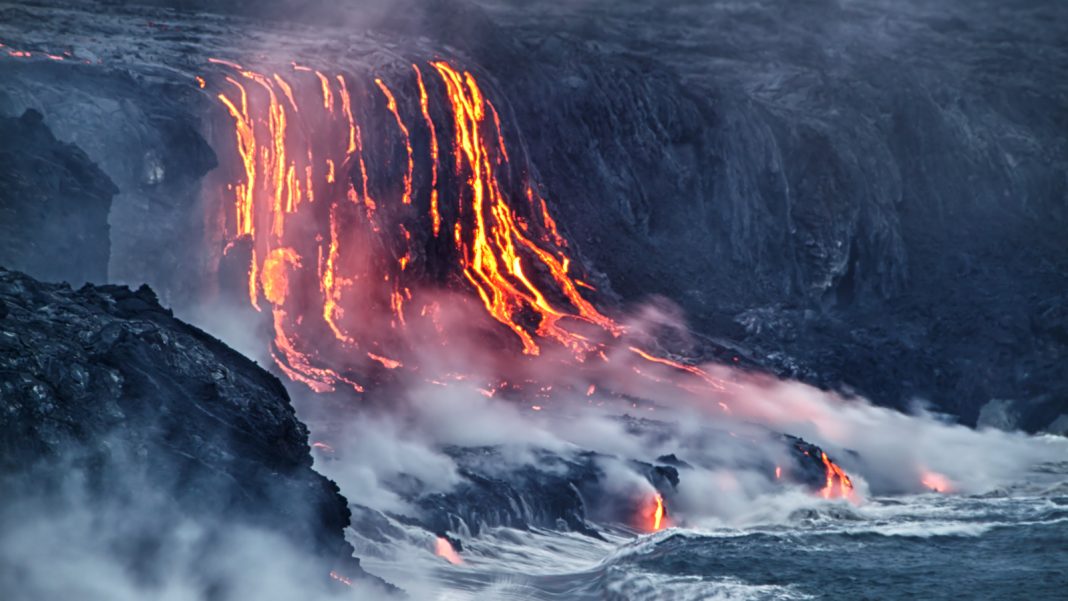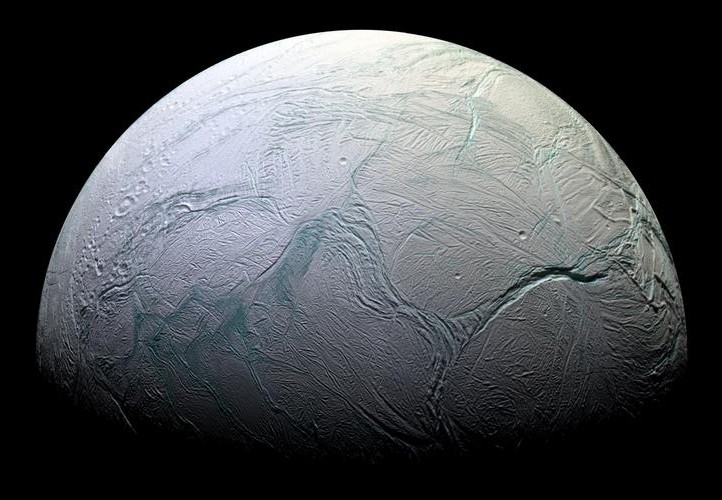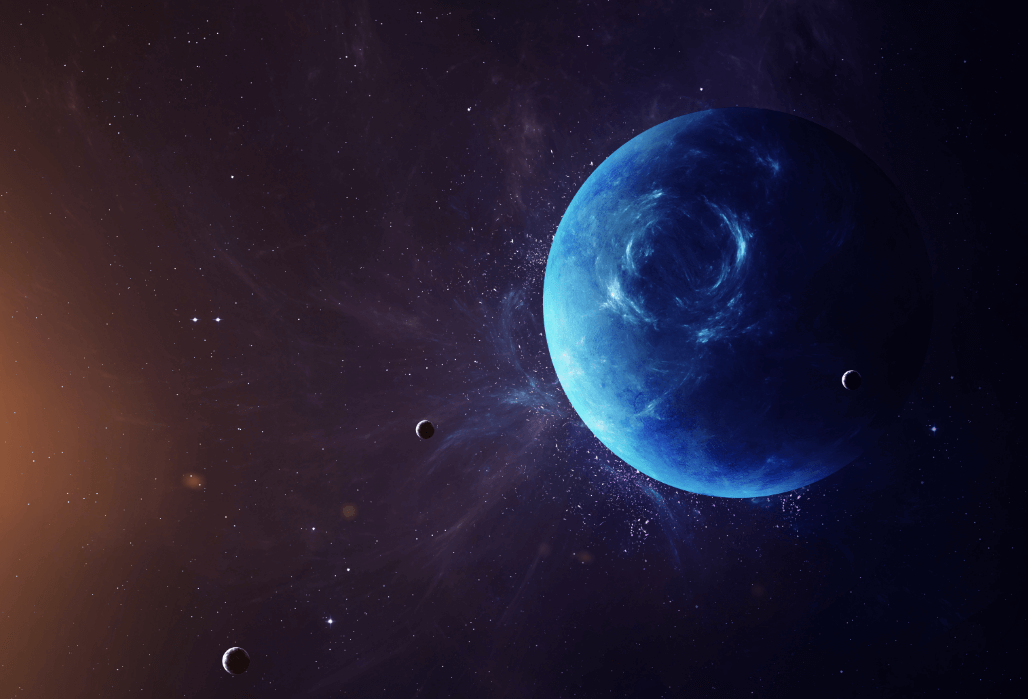For humans, not very, would be the short answer. But, if you stop to consider the other types of species that exist on Earth, such as the tiny microbes, the answer could change. It’s pretty obvious that microbes exist in extreme environments. These tiny creatures are all instances of potential life, and even appear in places lacking oxygen and food. In fact, there are many microbes out there that find oxygen to be quite a pain in the backside.

Methanogens are one such type of micro-organism that finds oxygen to be toxic and instead looks to use carbon dioxide or a carbon-rich compound such as carbon monoxide and combine it with hydrogen to produce water and methane. During this process, the microorganisms are provided with energy, and unlike photosynthesis, no sunlight is needed. These type of organisms, that thrive in extreme environments, are aptly called “extremophiles”. They have evolved over time to enable them to gather nutrients from various chemical processes and exist in places where most other things wouldn’t.
An example of where many of these extremophiles live is in Yellowstone’s hot springs. One microbe found there even piggybacks another in order to save energy and steal its food. These extreme environments are found all across the world, with many of them hidden under the sea and it’s only extremophiles that are found thriving within them. So, that brings us back to the question of volcanoes – could life exist inside a volcano?

It seems that although these micro-organisms thrive in extreme environments, even these conditions would be too harsh for the little creatures. All life relies on and is built upon either DNA or RNA, both of which are held together by molecular bonds. However, these bonds break once they reach a certain temperature, and even the coldest of lava you could imagine would be far too hot to keep them intact. So, it’s unlikely you’ll ever find any life inside a volcano. The closest you’d probably find it would be the magma just above.
More News to Read











